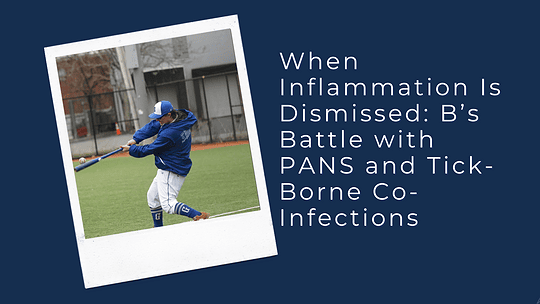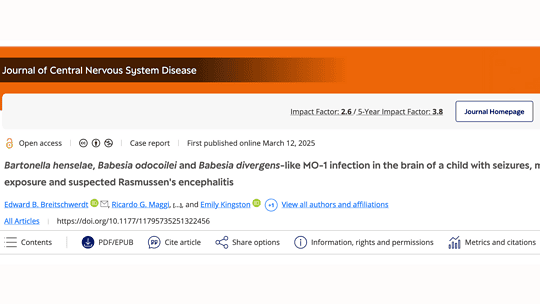Doxycycline Use in Adolescent Psychiatric Patients and Risk of Schizophrenia: An Emulated Target Trial
- Study Overview: Large population-based analysis of >56,000 Finnish adolescents in mental health services who received antibiotics.
- Key Finding: Doxycycline use linked to 30–35% lower risk of developing schizophrenia in adulthood vs. other antibiotics.
- Mechanism: May reduce brain inflammation and moderate excessive synaptic pruning, a process tied to schizophrenia.
- Implications: Suggests repurposing doxycycline as potential early preventive intervention for high-risk youth; needs clinical trials to confirm.









